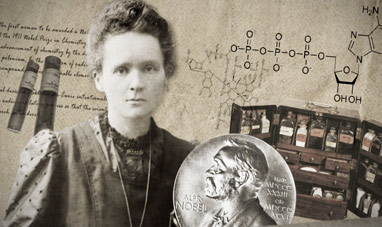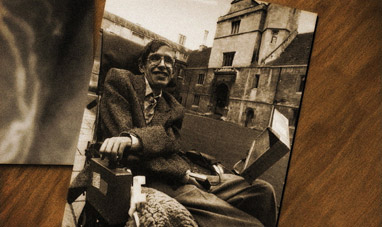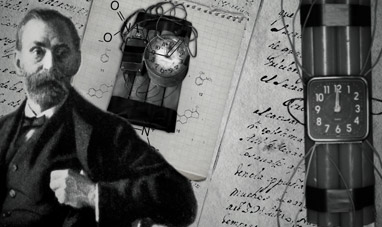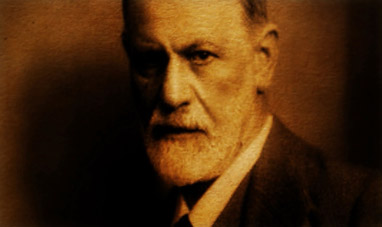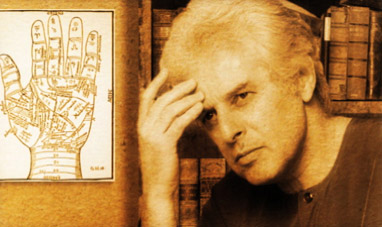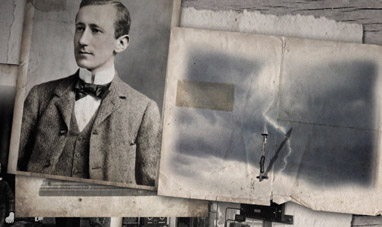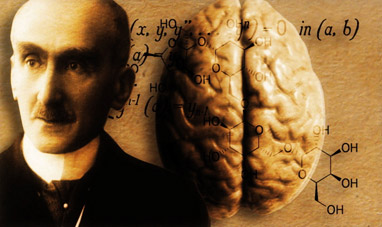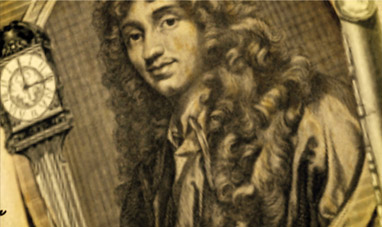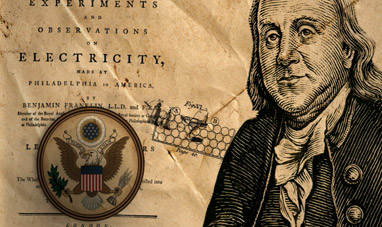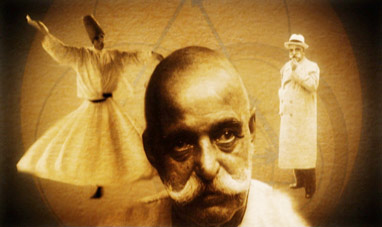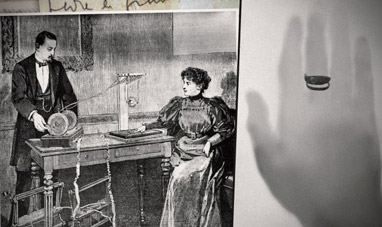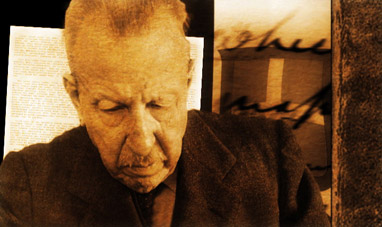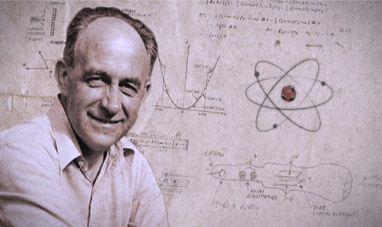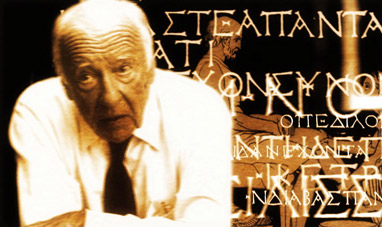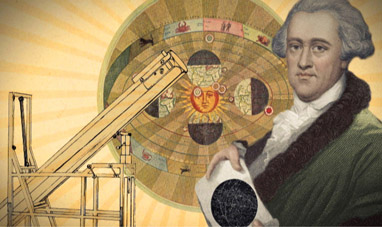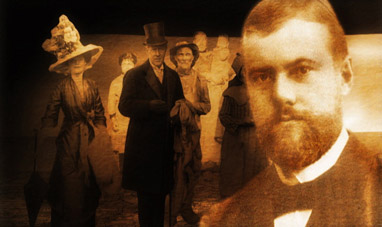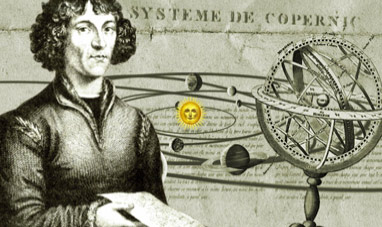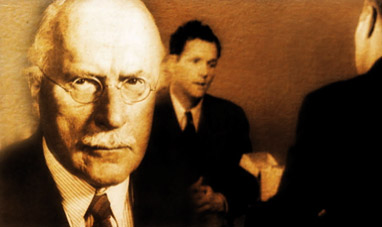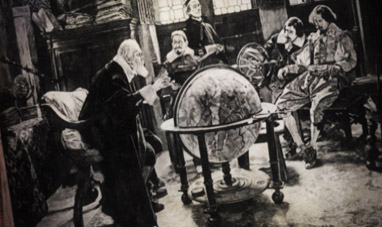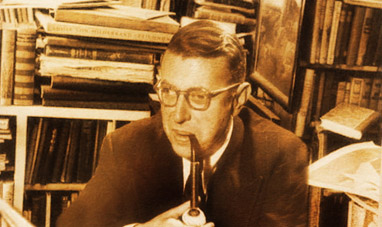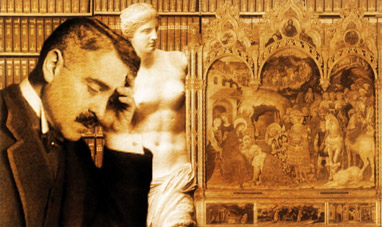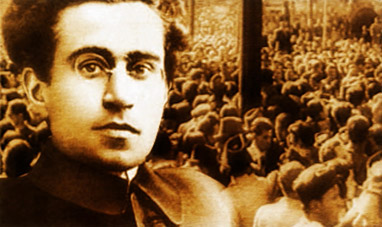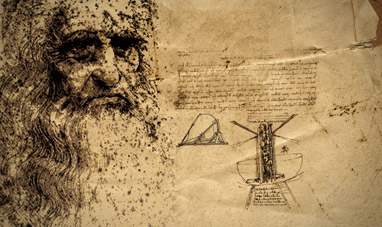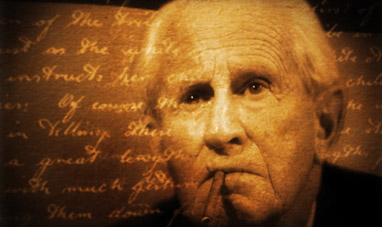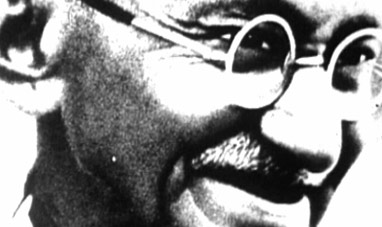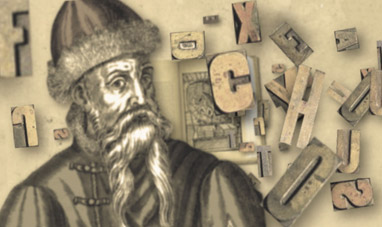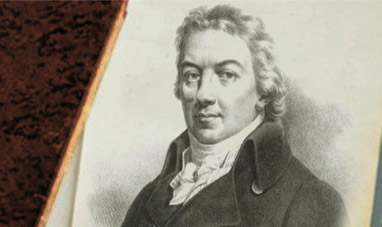Galen was a physician and philosopher who lived in Rome in the 2nd Century AD. His studies of anatomy, pharmacology and remedies were medical science’s primary point of reference until the Renaissance. Galen was born in 129 AD in Pergamum, now in Turkey, but at the time a part of the Roman Empire.
He studied philosophy, astronomy and architecture. Then, in accordance with his father's wishes, he devoted himself to medicine, traveling to Izmir and Corinth to learn new methods of health care. In 152 AD he went to Alexandria, Egypt, where he learned anatomical dissection. In 157 AD, he returned to Pergamum, where he was appointed physician to the gladiators.
Thanks to his experiences attending to wounds gladiators received during combat, he became the first to identify the symptoms of infection and develop a way to treat it. In 162 AD, he moved to Rome, capital of the Empire, where a number of different schools that experimented with new medical cures had been established.
The Emperor Augustus had reorganized the army a few decades earlier, putting a doctor in every military unit. This promoted the study of medicine. Galen soon took the spotlight, giving public lessons during which he dissected live animals, separating their nerve bundles one by one to show the role that each one played. In 169, Galen was appointed military doctor. Later, Emperor Marcus Aurelius chose him as his personal physician.
Galen is credited with having written some 500 treatises documenting his theories, studies and treatments. Like the rest of his contemporaries, he believed life originated with a vital principle that pervades the body. But unlike his colleagues, Galen did not believe that this principle was the air we breathe, but blood.
He dedicated a great deal of time to studying blood circulation, identifying heart valves and discovering that blood flows through the body within a network of arteries. His discoveries also included the relationship between the kidneys and the production of urine, then thought to be produced by the bladder.
In his treatise Methodus Medendi, he described some 473 pharmaceutical compositions, some of which are still used today. However, since laws prohibited the dissection of human corpses, Galen had to apply what he learned studying animals to humans. This led him to make some elementary mistakes. For example, he placed the liver, not the heart, at the center of the vascular system.
It wasn't until the 16th Century that Flemish scientist Andreas Vesalius refuted Galen's erroneous theories, which had dominated physiology for centuries. Galen spent most of his final years at court, as the imperial doctor. He died around 200 AD, perhaps while traveling to his birthplace, Pergamum.
He studied philosophy, astronomy and architecture. Then, in accordance with his father's wishes, he devoted himself to medicine, traveling to Izmir and Corinth to learn new methods of health care. In 152 AD he went to Alexandria, Egypt, where he learned anatomical dissection. In 157 AD, he returned to Pergamum, where he was appointed physician to the gladiators.
Thanks to his experiences attending to wounds gladiators received during combat, he became the first to identify the symptoms of infection and develop a way to treat it. In 162 AD, he moved to Rome, capital of the Empire, where a number of different schools that experimented with new medical cures had been established.
The Emperor Augustus had reorganized the army a few decades earlier, putting a doctor in every military unit. This promoted the study of medicine. Galen soon took the spotlight, giving public lessons during which he dissected live animals, separating their nerve bundles one by one to show the role that each one played. In 169, Galen was appointed military doctor. Later, Emperor Marcus Aurelius chose him as his personal physician.
Galen is credited with having written some 500 treatises documenting his theories, studies and treatments. Like the rest of his contemporaries, he believed life originated with a vital principle that pervades the body. But unlike his colleagues, Galen did not believe that this principle was the air we breathe, but blood.
He dedicated a great deal of time to studying blood circulation, identifying heart valves and discovering that blood flows through the body within a network of arteries. His discoveries also included the relationship between the kidneys and the production of urine, then thought to be produced by the bladder.
In his treatise Methodus Medendi, he described some 473 pharmaceutical compositions, some of which are still used today. However, since laws prohibited the dissection of human corpses, Galen had to apply what he learned studying animals to humans. This led him to make some elementary mistakes. For example, he placed the liver, not the heart, at the center of the vascular system.
It wasn't until the 16th Century that Flemish scientist Andreas Vesalius refuted Galen's erroneous theories, which had dominated physiology for centuries. Galen spent most of his final years at court, as the imperial doctor. He died around 200 AD, perhaps while traveling to his birthplace, Pergamum.

